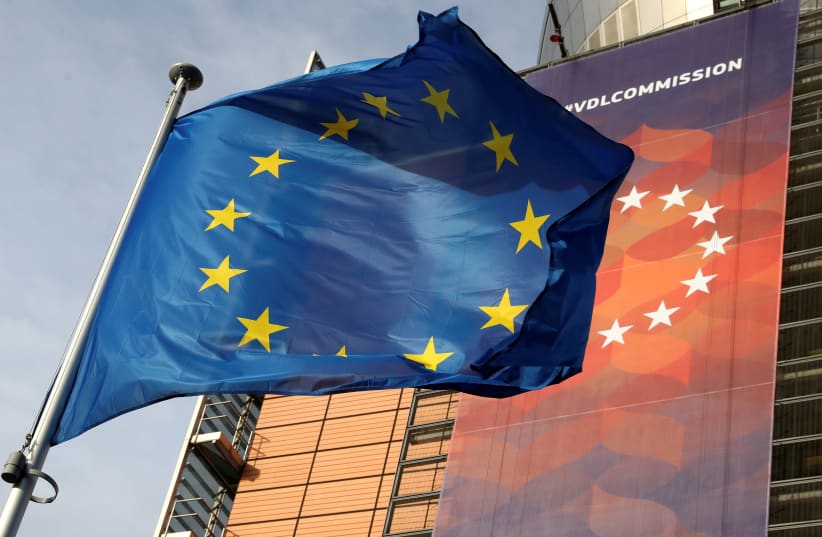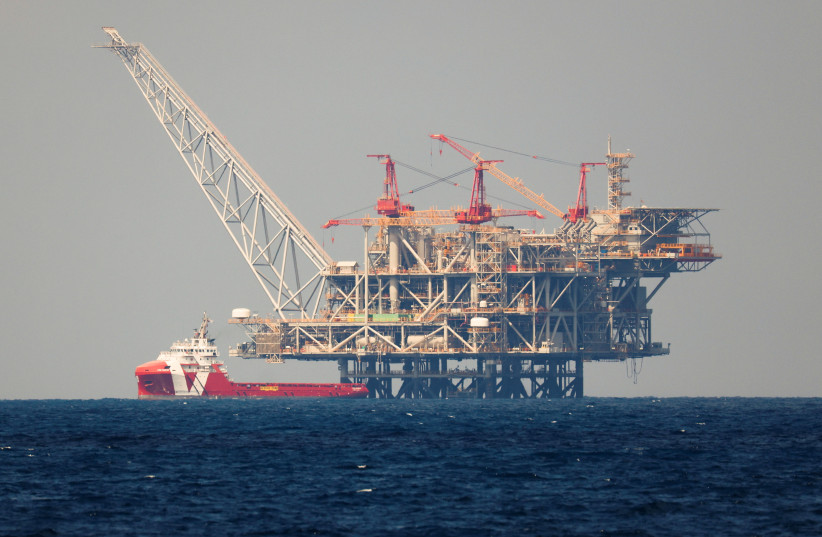The new green power will need new power infrastructure but will also heavily rely on existing gas or liquid fuel infrastructure for imports, storage, transport within Europe, and distribution of energy. By 2030, we will still have a significant amount of combustion engine vehicles and gas or oil-fueled heaters. Only a mix of green technologies and available liquid fuel infrastructure can bring us to clean energy in Europe in the future while still being able to meet the energy demand.
From a European perspective, what are the main challenges toward “net-zero” and clean energy by 2050?
Challenge I: Access to primary energy and bringing primary energy into Europe
One of the differences between countries in Europe concerns Carbon Capture and Storage (CCS) that use fossil energy carriers such as gas or coal in a close to climate-neutral way. Countries like the Netherlands and Norway accept CCS even as a long-term solution, while others see CCS only as bridging technology until enough renewable energy is accessible.
How can we increase green electricity production in the coming decade to substitute for fossil energy and at the same time account for increasing power demand from the ongoing electrification of the economy because of more electric vehicles and heat pumps?
From a global economy and policy perspective, it is important to offer a long-term solution to oil and gas-exporting countries that can convert their domestic economy toward sustainable products. This can happen via “blue hydrogen” (low-carbon hydrogen produced from natural gas) and sustainable fuels (for example, if Israel makes use of its gas reserves to produce hydrogen) or via green hydrogen (hydrogen produced from renewable electricity).
Challenge 2: Heavy private investments needed into end-use applications
Millions of end use applications need to be adapted. In Europe, the vehicle fleet is almost 300 million passenger cars and 50 million trucks that would need to be transformed into electric vehicles. The vehicles are fueled by 93,000 filling stations.
In Germany, the actual number of public charging points is about 40,000, and the number of private wall boxes is less than 300,000 units. Recent studies assume that 15 million electric vehicles in Germany in 2030 (around one-third of the fleet) would need five to eight million private charging points in addition to 450,000 to 850,000 public charging points. Even if all these charging points were built, there would still be around 30 million nonelectric vehicles in Germany that would run on liquid fuels.
A similar challenge is true for the heating market. Currently, the German heating market for residential buildings consists of 19 million heaters (for heating 42 million apartments/houses), of which one million are electric heat pumps. More than 75% of today’s heaters in Germany use natural gas or oil. In the heating market, the direct electrification approach would therefore require huge investments into end use appliances (and qualified working staff to carry this out).
Challenge 3: Keeping domestic industry competitive in a global market
Another challenge high on the agenda is to defossilize the European industry while keeping the European products cost-competitive on a global market. Focus is laid on subsidies (e.g., Carbon Contracts for Difference for steel industry) and on the introduction of a Carbon Border Adjustment Mechanism aiming at taxing imports into Europe, based on their carbon content to protect European industry from competition coming from countries with softer environmental policies. Both instruments are under debate but are not yet defined. What is also clear is that the costs for this will end up with citizens: subsidies will have to be paid, and imported goods will be more expensive with the Adjustment Mechanism. This is a difficult message to send to voters.
Combining new energies with old infrastructure will be the answer to fight climate change in the medium term:
Meeting our carbon abatement targets will be a huge challenge for Europe. We will heavily rely on existing gas or liquid fuel infrastructure for imports, storage, transport within Europe, and distribution of energy. The good news is that we don’t have to rely only on power grids and investments in new electric end use appliances – we can also use green molecules and green liquids both for system integration of the electric end-use appliances and to decarbonize the nonelectric end use appliances. Most of the available gas or liquid fuel infrastructure and end appliances could easily be adapted to deal with hydrogen or green liquids rather than fossil natural gas or diesel. In other words, a mix of green technologies and infrastructures will be needed to address the significant challenges ahead.
Dr. Christoph Gatzen is an associate director in Frontier’s Cologne office with over 15 years of consulting experience in the European energy sector. He is an expert in electricity markets and regularly works for major energy companies, regulators and governmental authorities. Pablo Gonzalez is a manager in Frontier’s Madrid office. With over 15 years of experience in electricity and gas, his work spans advice on decarbonization policy, regulation and litigation.

